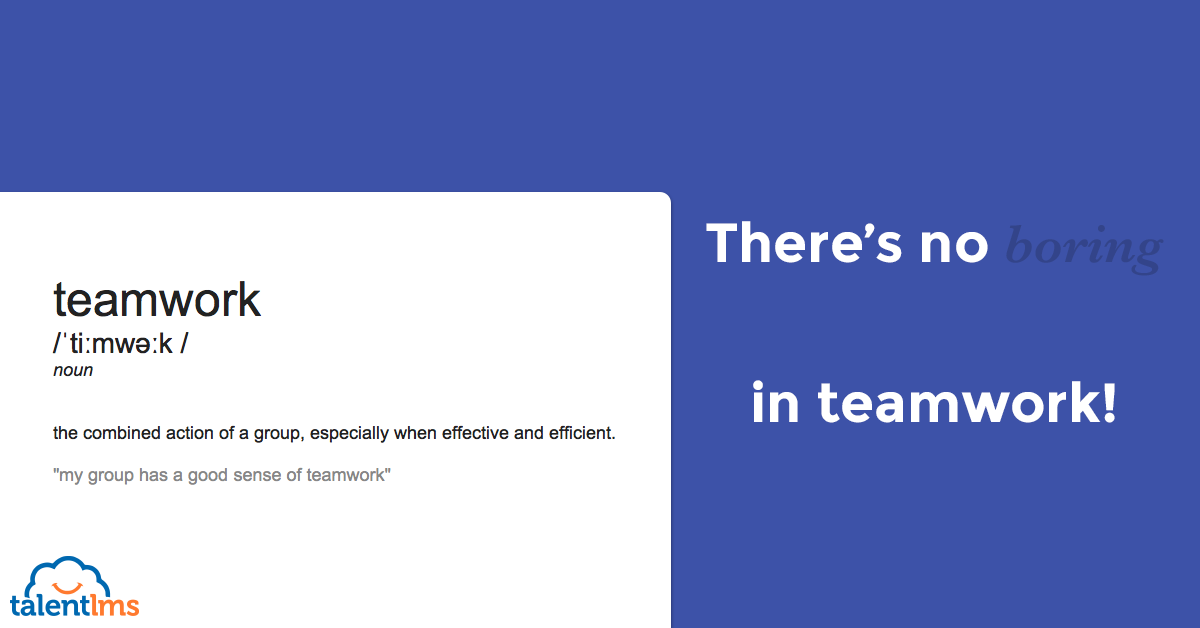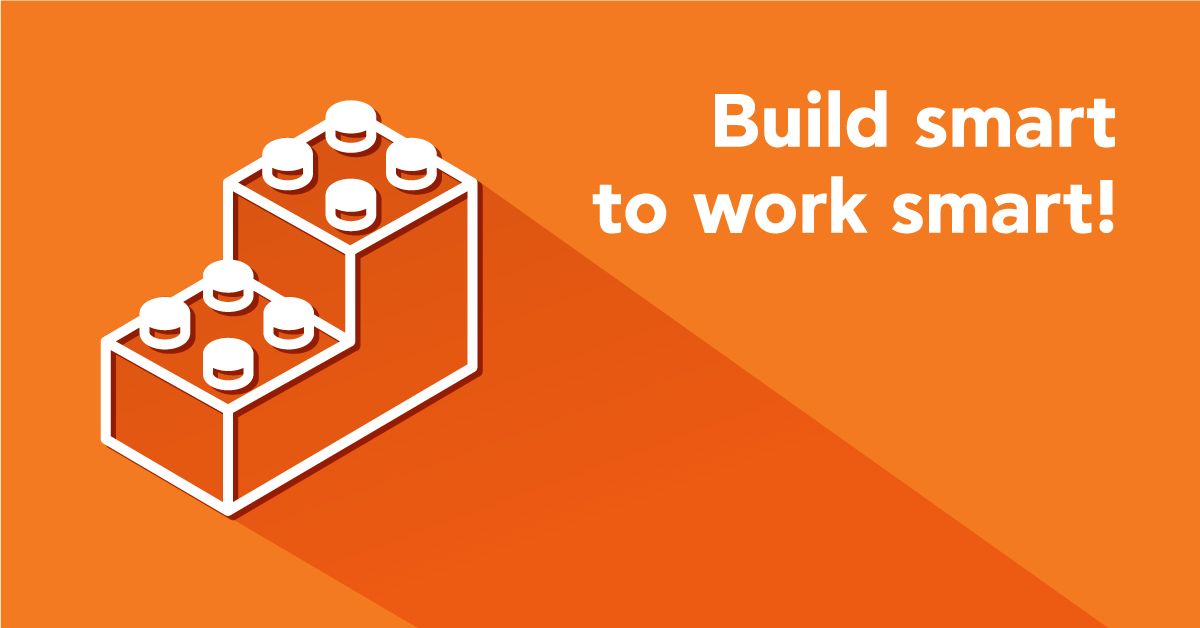Having built a fantastic course is only a few paces away from a successful course. What is a successful eLearning course anyway?
A course that engages its learners in a meaningful way. A course that becomes an organic, growing body of active participants, each ready with their two cents to share on a topic.
We are not talking about evaluating the course or having the learners’ comments on how effective (or not) it was. We are talking about action plans derived from the learning resources presented in the course.
When your learners talk about 101 ways to apply a learning resource, that’s when the course is successful. It makes the course “live longer” as in, you will have many learners enrolled at different times of the year. Engaging learners in this way is not only a sure-fire way to market your course through the conventional “word of mouth”, but it is also a great way to share knowledge and manage it using experts in the field.
The question for this article is: How do we create such successful courses?
First things first, let’s identify the various forms of eLearning. Then we will determine how to create active collaborative environments in each.
When a learner registers for your eLearning course, he or she would engage in any one of the following methods:
· Passive and alone learning
· Passive and collaborative learning
· Active and alone learning
· Active and collaborative learning
Most of the time, instructional designers create courses that are designed for “Passive and alone learning” or “Active and alone learning”.
For example, we create courses with built-in videos, interactive diagrams and branched scenarios that are absorbed by the learner. They are then required to test their progress through a periodic quiz.
This is it. Most courses are designed this way.
What if you added a layer of collaborative tools?
For example, when the learner views a video, or they visit an external resource, require them to write about their perceptions. Write directly under the activity page of the course.
This is similar to commenting under blogs. The main difference is that, with this type of reflective commenting, you provide a checklist for commenting. Learners would need to write in an academic pattern. Peers would need to respond in the same pattern as well.
This will help introduce your learner to others. You would become a mentor, moderating and directing discussions. Of particular importance here is the exercise of reflecting and recollecting experiences related to the activity. This gives your learning activities a powerful, multi-dimensional perspective.
Need some similar ideas? How about these:
Recommend that learners use a search engine during a scavenger hunt task. Make sure they do so in teams. And keep this activity within the scope of the assignment by providing a list of curated websites.
Ask teams to create a newsletter together, complete with designing, graphics, layout and information. Request that they share and have other teams evaluate the newsletters using the provided criteria.
Think of other possibilities where you can combine learners under one activity and have them engage with each other. Passive and alone learning is boring. Move your eLearning courses towards the collaborative learning style.
Here’s a good checklist to ground you during your course design and development period.
- How can I use this method for passive learning (learner as a receiver of the message / training routine)?
- How can I use this method for active learning (learner as a creator of the message / training routine)?
- How can I use this method for individual learning (message / training routine consumed or created by a single person)?
- How can I use this method for collaborative learning (message / training routine consumed or created by a team of people)?
A successful course will have all of the above elements. It will emphasize the last one. Create activities that require learners to engage passionately.
Good luck!
| Tags: eLearning Design,ILT



